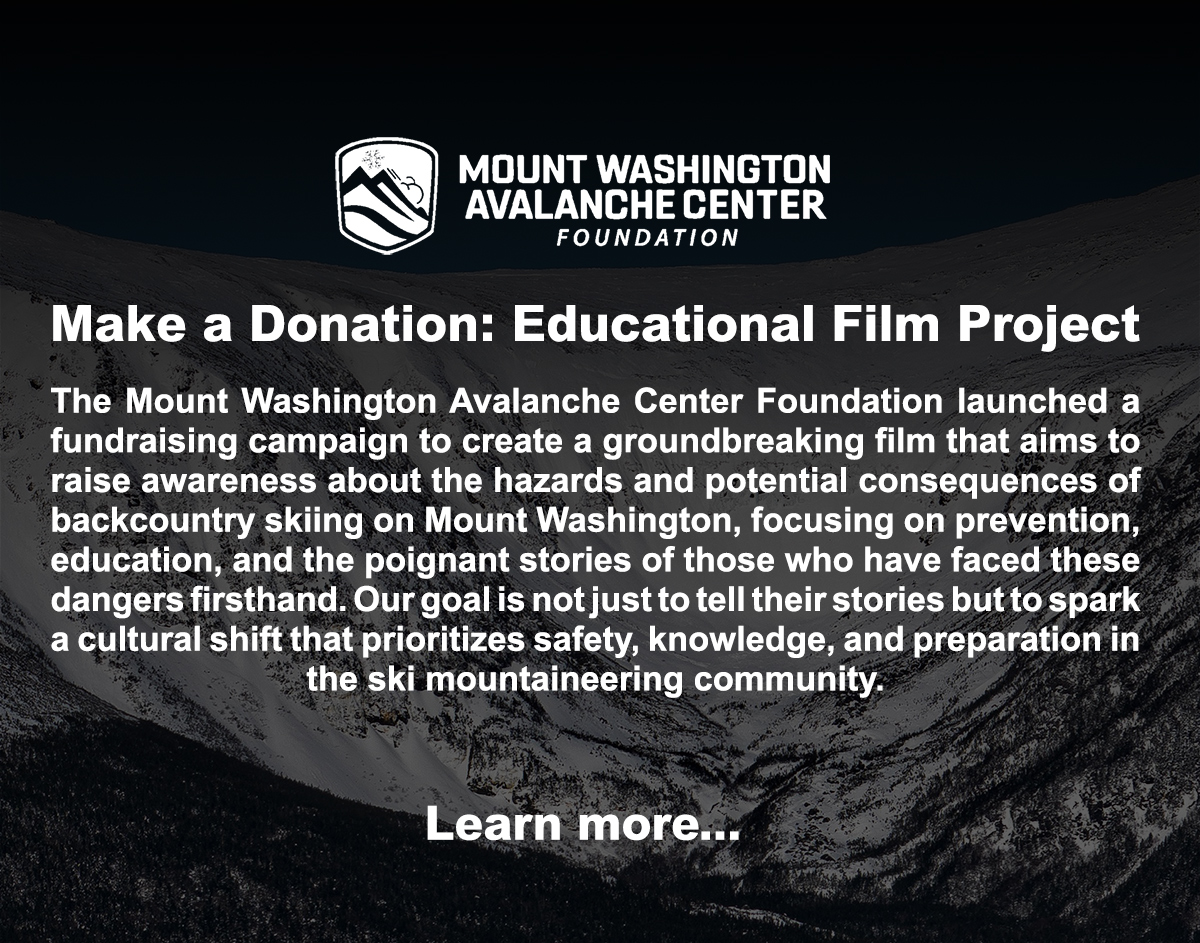After climbing Odell Gully on Friday, February 5, 2016, a climbing team called 911 after being unable to find the Winter Lion Head Route to descend. The party of three topped out earlier in the day in low visibility due to blowing snow and fog. Temperatures at that time were -2F with winds gusting to 70mph. The trio, who started the day with two headlamps between them, apparently lost the Alpine Garden trail and assumed that they had also missed intersecting the Lion Head trail. Fearing that they may be descending into avalanche terrain in Tuckerman Ravine, the team turned around and headed back toward Huntington, only to descend further into Raymond’s Cataract. Initial phone signal location software placed the party in Center Conway, then Raymond’s Cataract, with a third and fourth call indicating that the group was at the top of Pinnacle Buttress and on the Alpine Garden Trail, respectively.
Two teams comprised of a Harvard Cabin and Hermit Lake caretaker each accompanied by volunteer paramedic climbers staying at the Harvard Cabin, were dispatched shortly after the 911 call was received. The team’s search assignment was to scan for a headlamp above the Huntington Ravine Fire Road between the Lion Head Winter Route and the ridge forming the southern end of Huntington Ravine. Around 11pm, the search parties made visual contact with the climbers who were in the steep area of short cliff bands in the woods to the north of the Raymond Cataract waterfall. One of the search parties reached the three climbers and led them back to the Harvard Cabin, reaching it at 1am.
Analysis: Many climbers with experience in the mountains have their own tale to tell of being benighted or disoriented. In retrospect, it’s easy to find errors but applying lessons learned makes us more resilient and lends perspective and maybe even less prone to repeat the same mistakes. We rely heavily on visual cues to navigate and maintain our balance. Remove or reduce that sense and anyone can easily become disoriented. The disorientation experienced while traveling “inside the ping pong ball” of a whiteout is something that can mislead even those with intimate knowledge of the terrain.
A travel plan for an outing should include contingencies for the preferred descent route, variations in weather and snowpack conditions, injuries in the party, or forgotten gear. Having a plan in place to handle adverse weather, low visibility, or unforeseen incidents is a good idea on any longer climb in the mountains. The ability to navigate in adverse conditions should be in the skill set of anyone venturing into Huntington Ravine, particularly when climbing a long technical route. This includes having GPS coordinates of critical locations*, as well as having a map, compass, and knowing how to use them appropriately.
Having the right equipment can buy time when caught out above treeline and the increased comfort can lower stress levels and lead to better decision making. If you are going above treeline, clear or yellow googles, facemasks, a light for everyone in the party are vital. This party was no doubt slowed down by having only one light between them and was fortunate that this light functioned throughout their descent. A small back-up headlamp that lives in your climbing pack can serve as backup to failed batteries, faulty wiring or a simple oversight.
It is important to understand that a phone is a last resort for emergency communication and not an alternative to complete self-sufficiency. They simply are not as reliable in the mountains. With phone calls to this party, we confirmed their position and helped them navigate back to the trail. Phones can be great tools, but you can reduce the chances of needing to use it by being fully prepared with the right equipment, knowledge, and skills.
